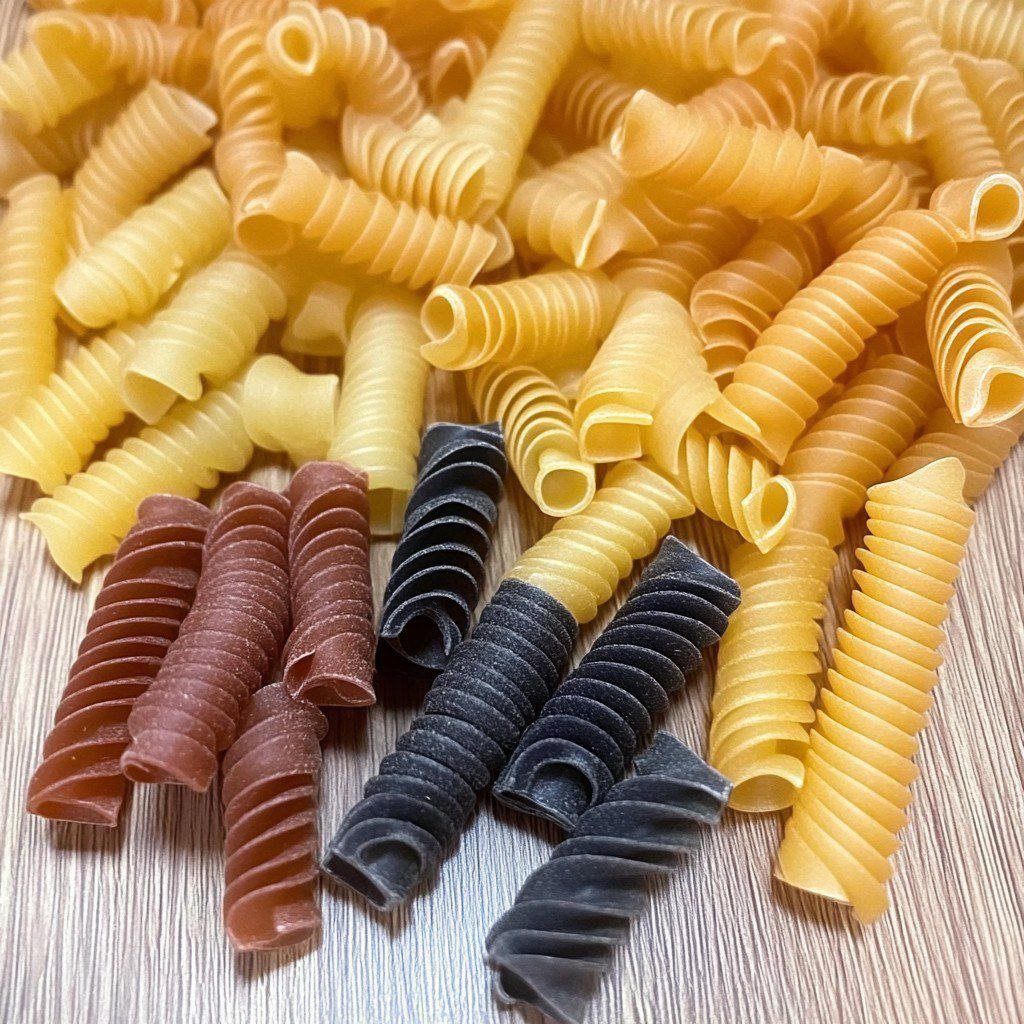ADVERTISEMENT
The Color of Pasta: A Feast for the Eyes and the Palate
Pasta is a staple in cuisines around the world, loved for its versatility and comforting texture. But did you know that pasta comes in a variety of colors, each offering not only visual appeal but also unique flavors and nutritional benefits? From classic golden-yellow pasta to vibrant green, red, and even black varieties, colorful pasta can elevate any dish and add excitement to your plate.
Natural Ingredients Behind Pasta Colors
The color of pasta is often determined by the type of flour used or by natural ingredients added to the dough. Here are some common pasta colors and what gives them their distinct hues:
1. Yellow Pasta (Traditional Pasta)
- Most commonly made from semolina flour and eggs, giving it a warm golden color.
- Egg-based pasta, like tagliatelle and fettuccine, tends to have a richer flavor and silkier texture.
2. Green Pasta
- The vibrant green color comes from spinach or herbs blended into the dough.
- Green pasta pairs well with creamy sauces, light butter-based sauces, or lemony seafood dishes.
3. Red or Orange Pasta
- Achieved by adding tomato puree, red bell pepper, or even paprika to the dough.
- Offers a slightly sweet and tangy taste, perfect for Mediterranean-inspired dishes.
4. Black Pasta (Squid Ink Pasta)
- Made using squid ink, giving it a deep black color and a subtle briny, umami-rich flavor.
- Often served with seafood, such as shrimp, scallops, or calamari.
5. Purple or Pink Pasta
- Achieved with beet puree, which gives the pasta a striking magenta hue and a slightly earthy sweetness.
- Works beautifully in both creamy and citrus-based sauces.
6. Brown or Whole Wheat Pasta
- Made from whole wheat flour, giving it a nutty taste and a darker, earthy brown color.
- Higher in fiber and nutrients, making it a great option for a healthier diet.
7. Blue or Multicolored Pasta
- Some artisanal pasta makers use butterfly pea flower, blue spirulina, or natural vegetable dyes to create blue and multicolored pasta.
- These visually stunning pastas are often reserved for special occasions and gourmet presentations.
Why Use Colored Pasta?
- Visual Appeal: Bright, colorful pasta makes dishes more visually appealing, turning a simple meal into a work of art.
- Flavor Enhancement: Naturally colored pastas add subtle flavors that complement sauces and toppings.
- Nutritional Benefits: Ingredients like spinach, beets, and whole wheat provide extra vitamins, minerals, and antioxidants.
- Fun for Kids and Special Occasions: Colorful pasta makes meals more exciting, perfect for themed dinners or holidays.
How to Make Homemade Colored Pasta
If you want to try making your own colorful pasta at home, follow this simple method:
Basic Pasta Dough Recipe:
- 2 cups all-purpose or semolina flour
- 2 large eggs
- 1/2 teaspoon salt
- 1 tablespoon olive oil (optional)
- 2-3 tablespoons of your chosen natural color ingredient (pureed or powdered)
For Complete Cooking STEPS Please Head On Over To Next Page Or Open button (>) and don’t forget to SHARE with your Facebook friends
ADVERTISEMENT
